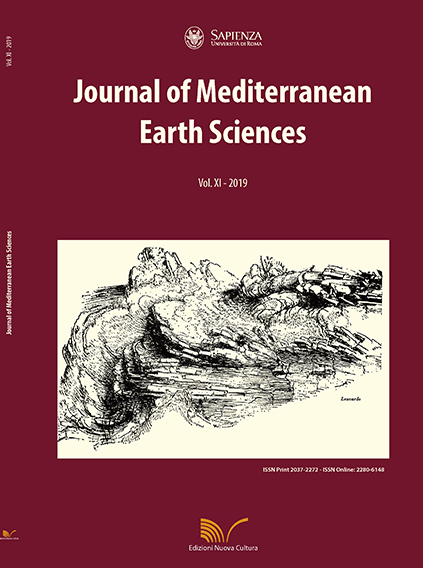Cranial disparity versus diversity in sabertoothed felids: a case of late morphospace saturation
DOI:
https://doi.org/10.3304/JMES.2019.006Keywords:
diversity, disparity, morphospace, sabertoothed felids, CenozoicAbstract
In this contribution I present the first diversity (number of taxa) versus disparity (explored morphospace) comparison of sabertoothed felids performed on craniomandibular and dental characters. The graphs obtained demostrate how the morphospace exploration gradually increases in the group through time, reaching a maximum in the late Pliocene and during the Pleistocene. The latter time bins coincide with the appearance of all Eumachairodontia (with the exception of Amphimachairodus), i.e. true “saberteeth”. This is linked to major cranial modifications connected to the evolution of the characteristic hypertrophied and flattened upper canines. The continuous increase in occupied morphospace indicates that in machairodont felids real morphospace stabilization is never achieved until the Pleistocene, with the total representation of the Eumachairodontia. On the evolutionary level, the general group history seems to show a true Plio-Pleistocene radiation, identified by hyper-specialization, which led to a positive peak in disparity. The evolution of cranial disparity in machairodont felids can be included in the category of ‘top-heavy clade’, i.e. those groups who show a real radiation relatively late in their history.
Downloads
Published
How to Cite
Issue
Section
License
The submission has not been previously published, nor is it before another journal for consideration (or an explanation has been provided in Comments to the Editor).


